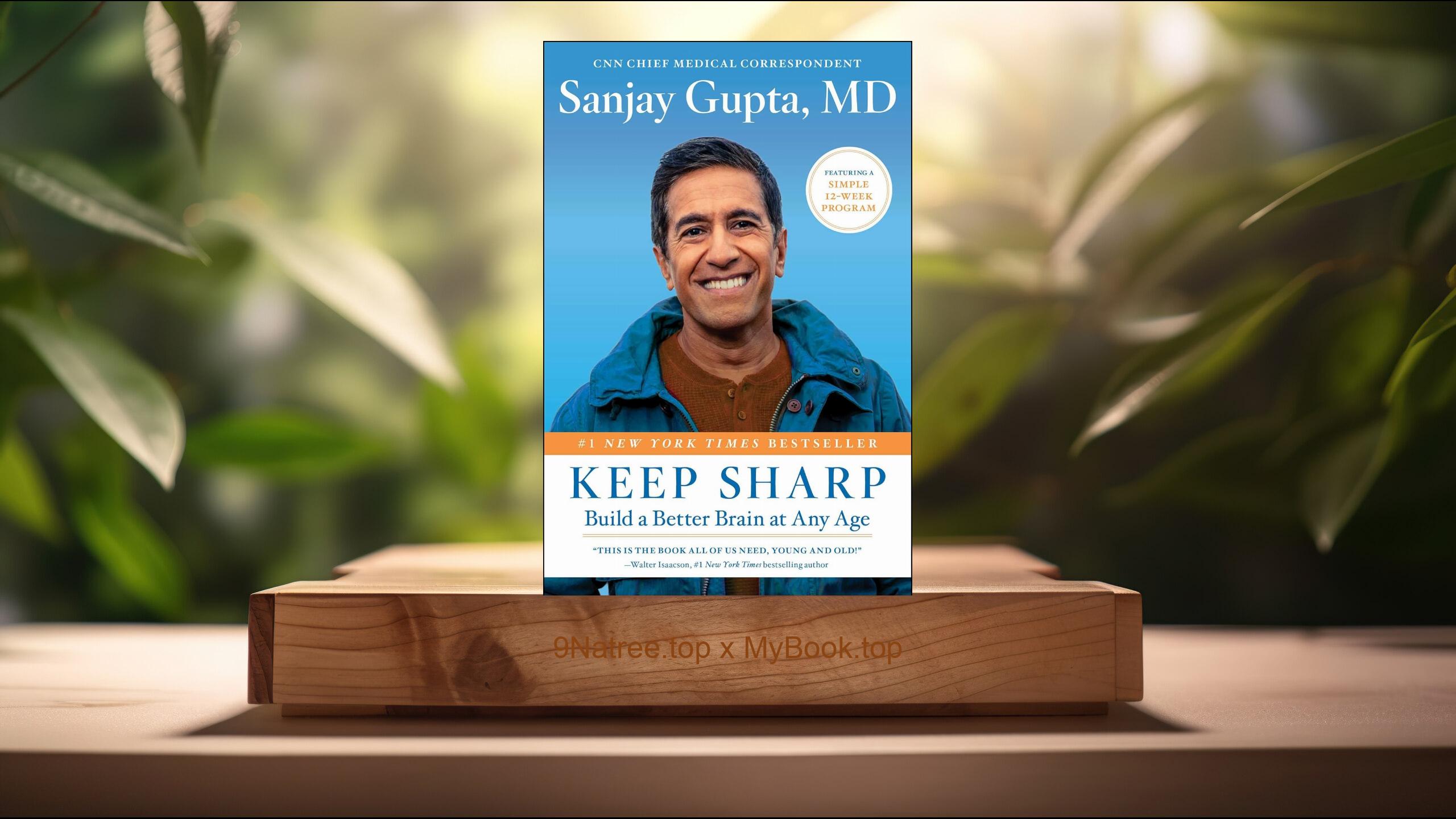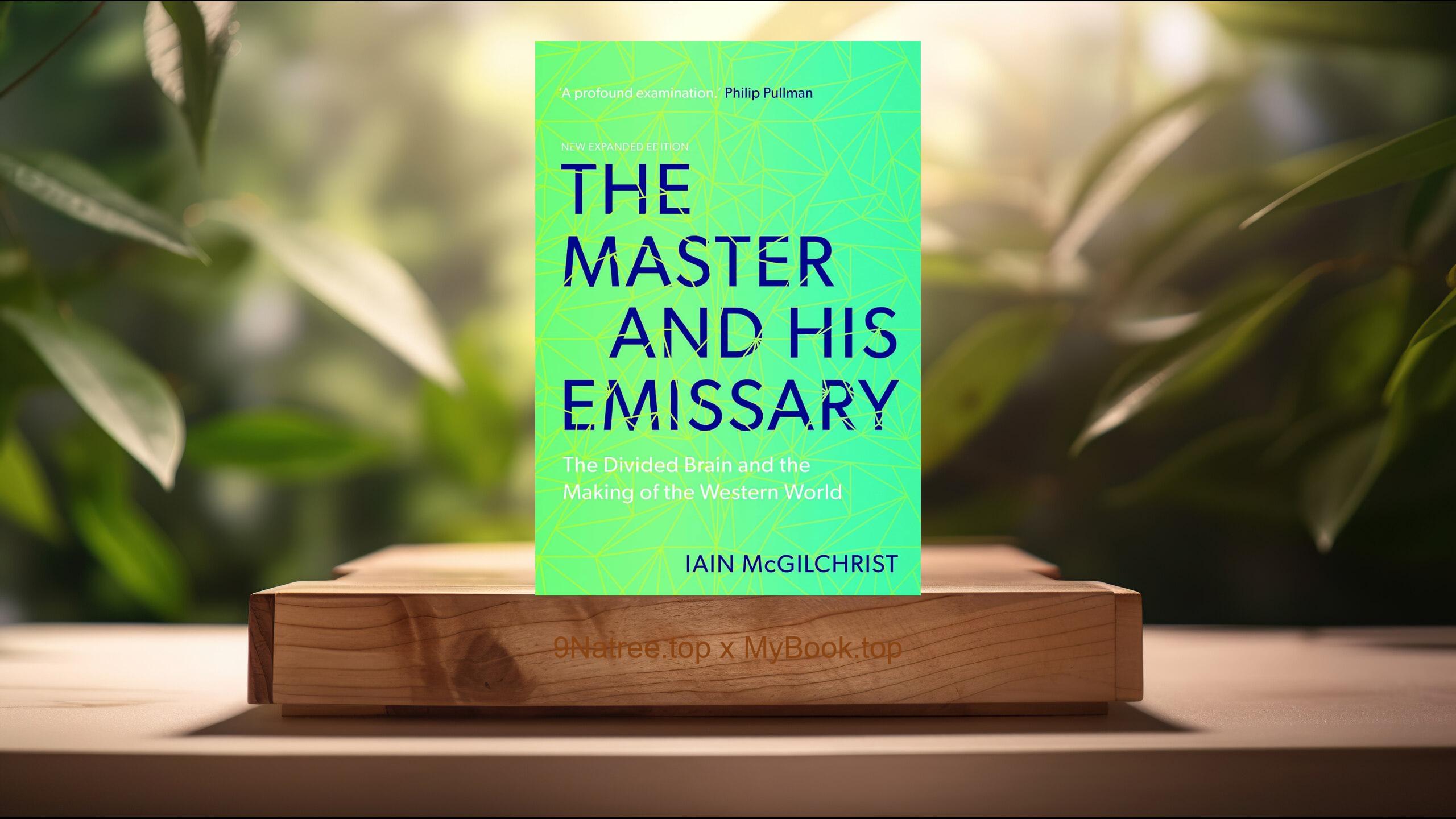Show Notes
- Amazon USA Store: https://www.amazon.com/dp/B07G13W75M?tag=9natree-20
- Amazon Worldwide Store: https://global.buys.trade/Conscious%3A-A-Brief-Guide-to-the-Fundamental-Mystery-of-the-Mind-Annaka-Harris.html
- Apple Books: https://books.apple.com/us/audiobook/the-mystery-of-a-hansom-cab/id1615987196?itsct=books_box_link&itscg=30200&ls=1&at=1001l3bAw&ct=9natree
- eBay: https://www.ebay.com/sch/i.html?_nkw=Conscious+A+Brief+Guide+to+the+Fundamental+Mystery+of+the+Mind+Annaka+Harris+&mkcid=1&mkrid=711-53200-19255-0&siteid=0&campid=5339060787&customid=9natree&toolid=10001&mkevt=1
- Read more: https://mybook.top/read/B07G13W75M/
#consciousness #hardproblem #panpsychism #integratedinformationtheory #freewill #Conscious
These are takeaways from this book.
Firstly, The hard problem and the nature of subjective experience, Harris opens by clarifying what makes consciousness puzzling: science can map neural activity and explain functions like memory or attention, but there remains the felt quality of experience itself. This gap is often called the hard problem. She distinguishes between what a system can do and what it feels like from the inside, urging readers to resist conflating behavior with experience. The book surveys how language, introspection, and measurement each have blind spots, and why tidy explanations about information processing do not automatically account for the taste of chocolate or the pain of a burn. Harris frames humility as a methodological virtue: admit what we do not yet know, and keep our concepts clean. By tracing historical positions and current debates, she equips readers to evaluate bold claims in neuroscience and philosophy. The focus is not on winning a theory war, but on learning to see the target clearly: the reality of subjective experience and why it arises at all in a physical world.
Secondly, Self, attention, and the illusion of control, A central thread in the book is that a sense of self may be a construction built on attention and memory rather than a fundamental entity. Harris uses examples from split brain research, blindsight, and confabulation to show how the brain can generate explanations after the fact, giving us a powerful but misleading narrative of agency. She explores how attention selects information for report and action while many processes unfold outside awareness. This has implications for free will skepticism: if choices are shaped by causes we do not control and stories we tell ourselves, the feeling of authorship may not track the underlying machinery. Harris does not treat this as nihilistic, but as clarifying. Understanding the role of attention can improve decision making and emotional regulation, and recognizing the constructed self can foster compassion for others and ourselves. The takeaway is a practical skepticism: question intuitions about control and identity, and observe how the mind edits reality to sustain a coherent story.
Thirdly, Panpsychism, integrated information, and fundamental theories, Harris gives fair attention to theories that stretch common sense, including panpsychism and integrated information theory. Panpsychism proposes that some form of experience may be a basic feature of the physical world, not emerging only at certain levels of complexity. Integrated information theory offers a quantitative angle, suggesting that the degree of integrated cause effect structure in a system may correlate with consciousness. Harris neither endorses nor dismisses these views outright. Instead, she emphasizes testability, predictive power, and conceptual clarity. She shows how these frameworks can reframe questions about where consciousness begins, yet she warns against hasty leaps from mathematics to metaphysics. Readers learn to separate provocative ideas from evidence, to ask what would count as a confirming or disconfirming observation, and to appreciate how radical proposals can still sharpen our thinking. The result is a balanced appreciation for theories that might be wrong yet productively generative for science.
Fourthly, Other minds: animals, infants, and the moral circle, The book grapples with how we attribute consciousness to others, especially when language is absent. Harris examines behavioral and neural evidence in animals and infants, showing how pain responses, play, learning, and brain homologies inform our judgments. She highlights the danger of anthropomorphism and also the opposite error of denying experience where it likely exists. This inquiry has ethical stakes: how we treat nonhuman animals, design pediatric care, and evaluate patients with disorders of consciousness depends on our attributions. Harris encourages epistemic humility alongside compassion, advocating policies and personal choices that err on the side of reducing suffering. She explores how minimal assumptions about experience can expand our moral circle without requiring certainty. Readers come away with a toolkit for thinking about other minds: look for convergent evidence, consider evolutionary continuity, and acknowledge that consciousness attribution is not merely academic but guides how we live and legislate.
Lastly, Artificial minds and future tests of consciousness, Harris considers whether machines could be conscious and what a responsible test would look like. She notes that passing a behavioral test like a conversation benchmark may not settle the question, since a system can simulate understanding without having experience. She assesses proposals tied to architecture and information integration, as well as transparency about a system’s internal dynamics. The discussion reframes AI debates: instead of chasing a single decisive test, we may need a suite of criteria that combine behavioral, functional, and structural indicators while remaining open to uncertainty. Harris stresses the ethical dimension: if future systems or hybrids with biological components could suffer, our design choices and deployments carry moral weight. By applying the book’s core lesson humility plus clarity readers can evaluate claims about machine consciousness without credulity or cynicism, and can participate in shaping guidelines that reduce harm while advancing knowledge.
![[Review] Conscious: A Brief Guide to the Fundamental Mystery of the Mind (Annaka Harris) Summarized](https://episodes.castos.com/660078c6833215-59505987/images/2209087/c1a-085k3-xxgjv39qc8w7-fregof.jpg)




